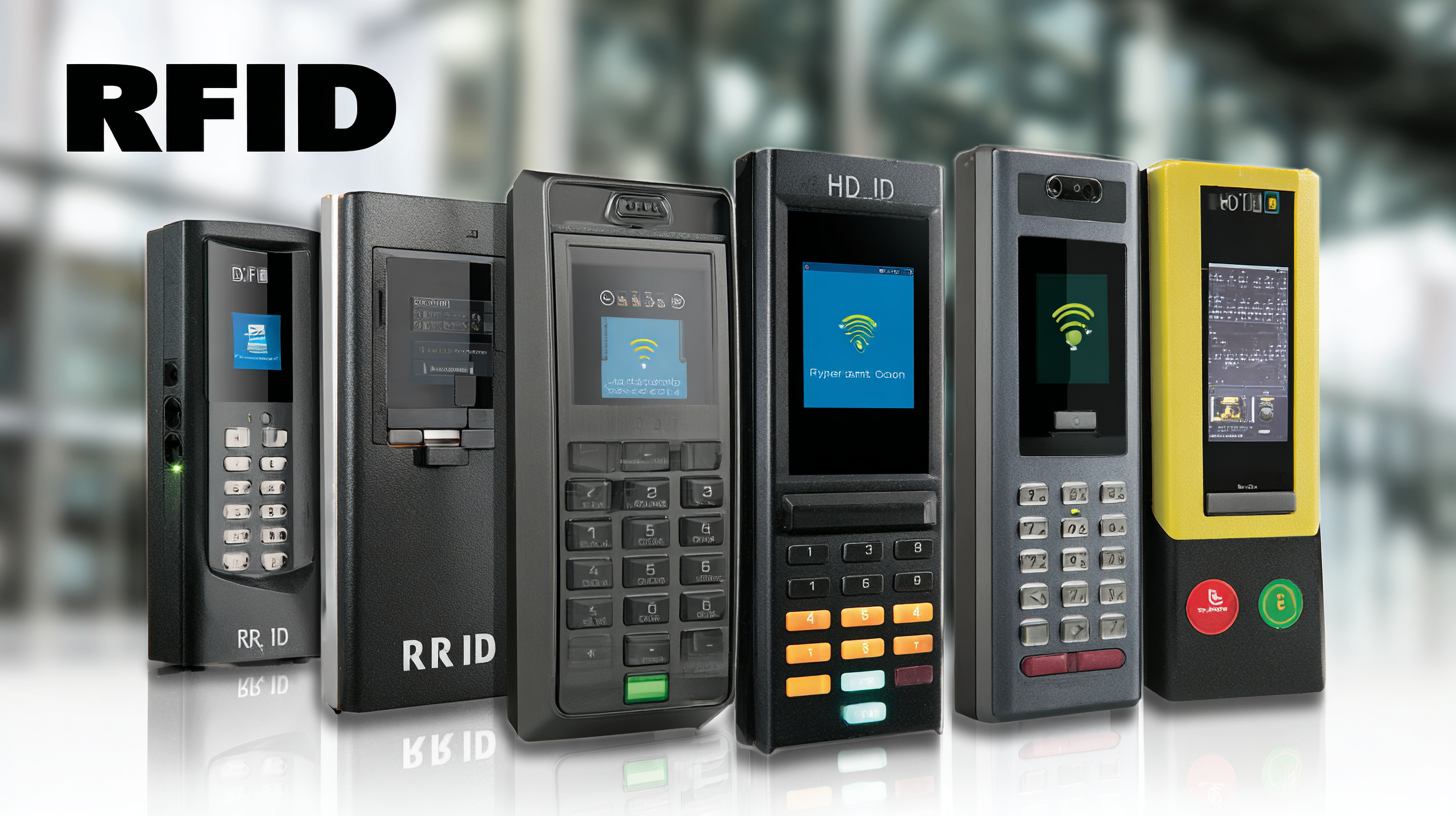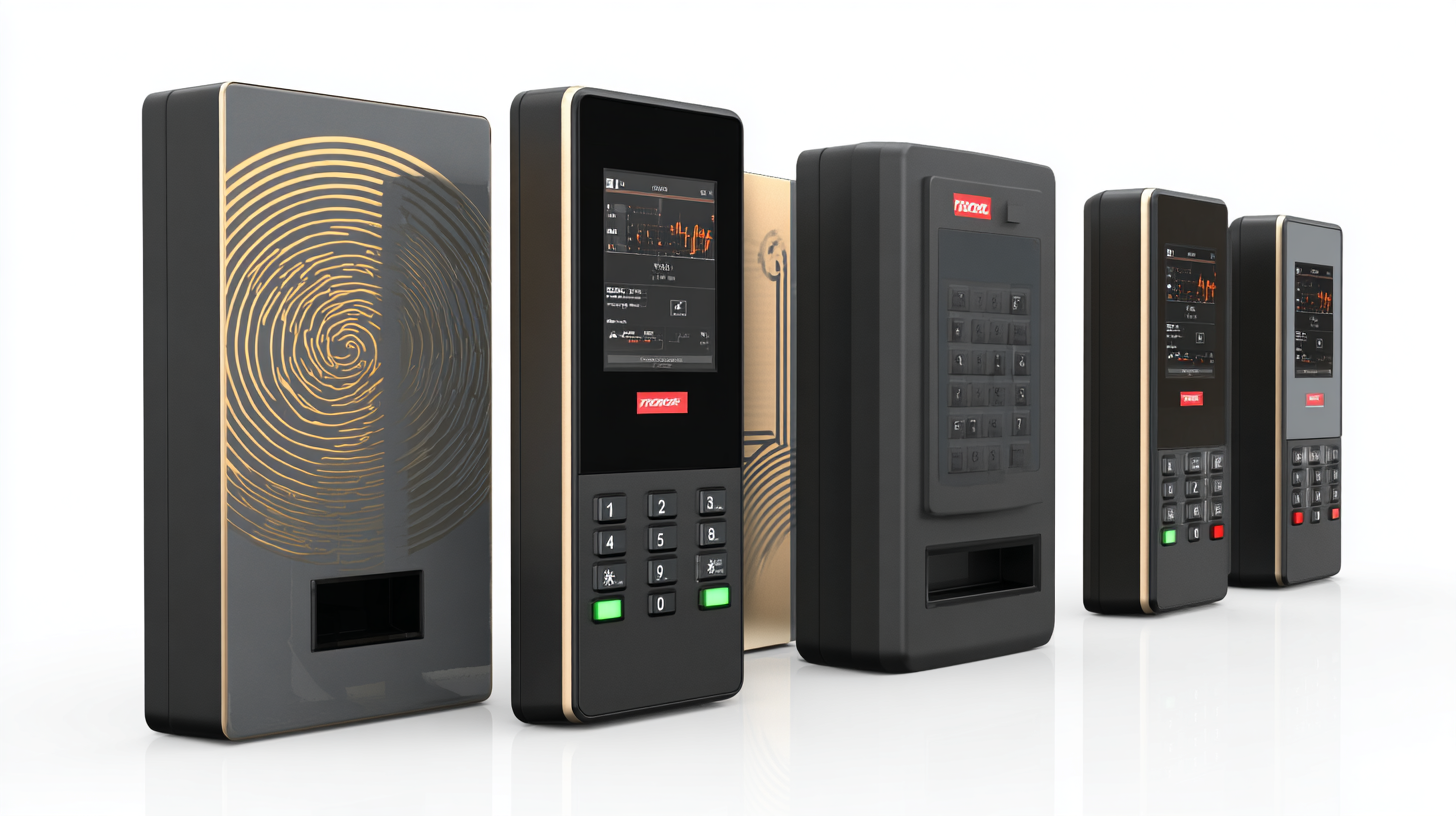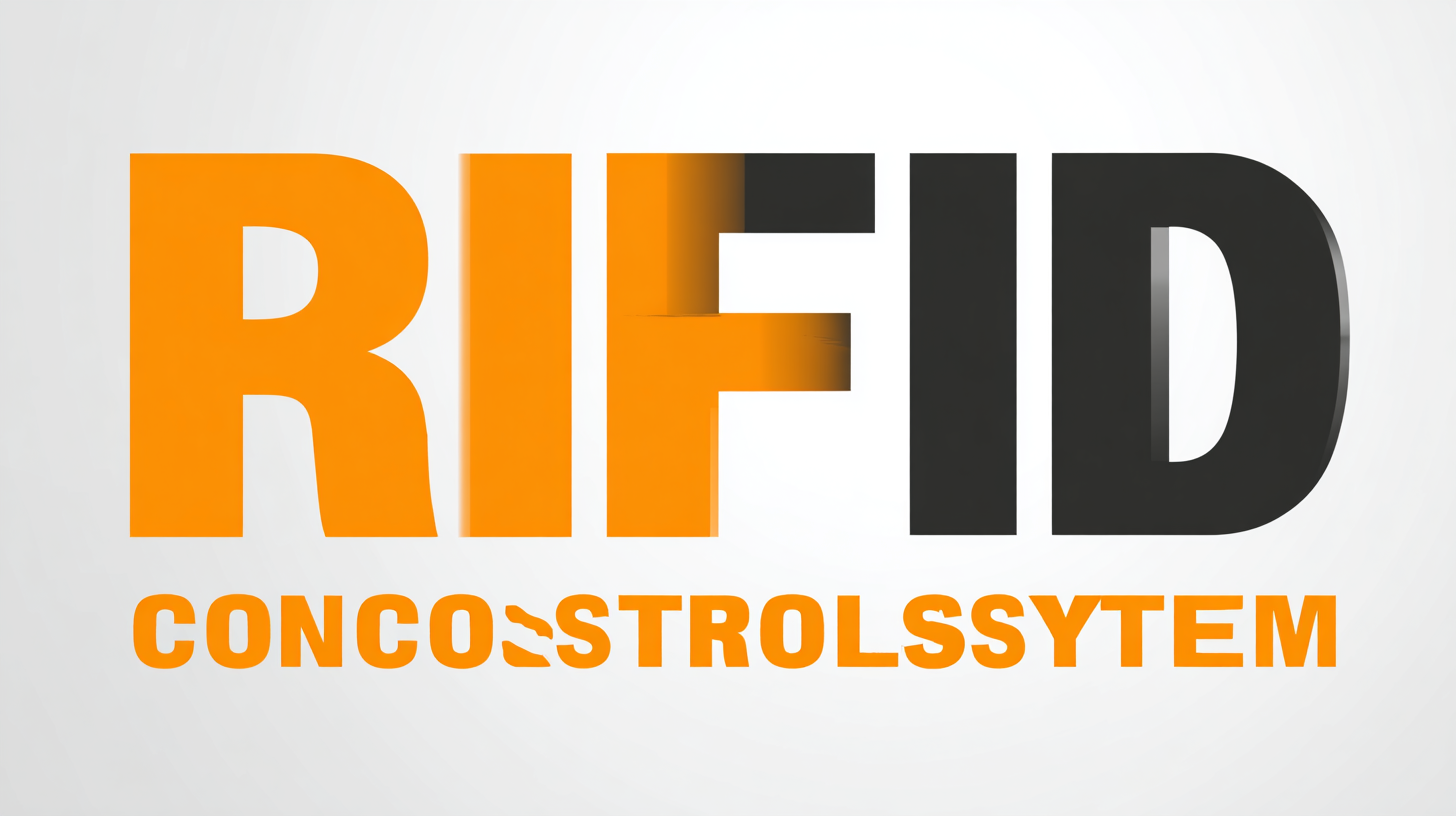How to Choose the Best RFID Door Access Control System: A Comprehensive Tutorial with Industry Insights
In today's rapidly evolving security landscape, the importance of an effective RFID Door Access Control System cannot be overstated. According to a recent report by MarketsandMarkets, the global access control market is projected to grow from $8.3 billion in 2020 to $12.5 billion by 2025, with RFID technology playing a pivotal role in this expansion. As organizations increasingly seek to enhance their security measures and streamline entry processes, the demand for high-quality RFID door access control systems is rising. However, selecting the right system involves more than simply choosing a popular brand; it requires a comprehensive understanding of technological capabilities, integration options, and user-specific needs. This guide aims to provide valuable insights and practical tips for making informed decisions when choosing the best RFID door access control system for your organization.

Key Features to Consider for RFID Door Access Control Systems in 2023
When selecting an RFID door access control system in 2023, businesses should pay attention to several key features that can significantly enhance security and operational efficiency. First and foremost, compatibility is crucial. A system that can seamlessly integrate with existing security protocols and IT infrastructure will save time and resources during implementation. Additionally, consider the scalability of the system; as your organization grows, your access control needs may become more complex, requiring a solution that can easily expand to accommodate more users and entry points.
Another vital feature to evaluate is the technology behind the RFID tags and readers. Look for systems that provide high-frequency or ultra-high-frequency RFID capabilities, as these typically offer longer read ranges and faster processing times, enhancing user experience. Furthermore, exploring advanced options such as mobile access capabilities can be beneficial; this allows users to utilize their smartphones for entry, streamlining access and eliminating the need for physical cards. The focus on innovative solutions, like those used in the production processes of leading tech companies, also highlights how RFID can drive efficiency and accuracy in various applications beyond security.
How to Choose the Best RFID Door Access Control System: A Comprehensive Tutorial with Industry Insights
| Feature | Description | Importance | Industry Trend |
|---|---|---|---|
| Contactless Technology | Supports contactless card reading for quick access. | High | Increasing demand for hygiene and convenience. |
| Mobile Access | Allows access via smartphones using apps. | Medium | Growth in mobile technology integration. |
| Scalability | Easily add or remove door access points as needed. | High | Businesses seeking flexible solutions. |
| Data Encryption | Protects user data during transmission. | Critical | Rising security concerns in data access. |
| User Management | Ability to manage user permissions and access levels. | High | More businesses focusing on access control policies. |
Understanding Different Types of RFID Technologies: Which One is Right for You?
When selecting the right RFID door access control system, it's essential to understand the various types of RFID technologies available, as they cater to different applications such as traffic management, parking solutions, and mobile management. Each application demands a unique approach to access control. For instance, RFID systems used in traffic management often require high-frequency (HF) tags that provide quick read times and robust performance in dynamic environments. Meanwhile, parking management systems can leverage low-frequency (LF) RFID for vehicle identification, allowing for smoother entry and exit processes.

Advanced technologies like IoT and AI & ML further enhance these RFID systems by providing real-time data analytics and automated decision-making capabilities. Incorporating IoT allows for seamless integration with existing infrastructure, enabling better monitoring and control. AI & ML can analyze usage patterns, improving security while optimizing access protocols. Additionally, combining RFID with GPS can offer precise location tracking, elevating the efficiency of access control systems. Understanding these technologies and their specific applications is crucial for businesses seeking to invest in an effective and comprehensive access control solution.
Evaluating Security Standards and Compliance for RFID Access Control Solutions
When evaluating RFID door access control systems, understanding security standards and compliance is paramount. According to a report by MarketsandMarkets, the global access control market is projected to grow from $8.2 billion in 2020 to $12.6 billion by 2025, highlighting the increasing need for robust security measures across various sectors. Compliance with standards such as ISO/IEC 27001 and the Payment Card Industry Data Security Standard (PCI DSS) is critical. These frameworks not only protect sensitive information but also enhance the system's credibility and trustworthiness among users.
Moreover, the National Institute of Standards and Technology (NIST) outlines guidelines for securing RFID systems. Their Special Publication 800-160 emphasizes risk management and interoperability, asserting that compliance with established standards can significantly reduce vulnerabilities. Organizations should prioritize choosing RFID access control solutions that adhere to these rigorous standards, ensuring that the systems implemented are capable of resisting evolving security threats and meeting regulatory requirements. By leveraging these industry insights, businesses can make informed decisions that not only secure their premises but also align with best practices in access control security.
Cost Analysis: Budgeting for RFID Door Access Control System Implementation
Implementing an RFID door access control system is a significant investment, and understanding the cost implications is crucial for organizations. According to a report by MarketsandMarkets, the global access control market is projected to reach $12.77 billion by 2027, driven by the increasing need for security solutions across various sectors. When budgeting for an RFID system, companies must consider hardware costs, which typically range from $2,000 to $10,000 depending on the system's scalability and features. Additional expenses include installation fees, which can add another 15-20% to the total cost.
Moreover, organizations should factor in ongoing expenses such as maintenance, software updates, and potential upgrades. A study by IHS Markit estimates that maintenance costs for access control systems can average about 10-15% of the initial investment annually. Additionally, if an organization opts for a cloud-based system, recurring subscription fees must also be considered. Overall, businesses are encouraged to conduct a thorough cost analysis, including both immediate and long-term expenses, to ensure their RFID door access control system aligns with their budget and security requirements.
Cost Analysis: Budgeting for RFID Door Access Control System Implementation
This bar chart illustrates the estimated costs associated with implementing an RFID door access control system. The costs are broken down into hardware, software, installation, maintenance, and training expenses, providing a clear overview for budgeting purposes.
Industry Trends: The Future of RFID Access Control and Emerging Technologies
The landscape of RFID access control is rapidly evolving, influenced by emerging technologies and industry trends. As businesses increasingly recognize the importance of security, the future of RFID systems is not just about access management but also integration with smart technologies. Innovations like IoT connectivity and AI-driven analytics are shaping how organizations approach security, enabling real-time monitoring and more intelligent access decisions.
Tips: When selecting an RFID access control system, consider solutions that offer seamless integration with existing security infrastructures. Look for systems that can connect with other technologies, such as video surveillance and alarm systems, enhancing overall security. Moreover, prioritize systems that provide scalability, allowing your security setup to grow as your organization expands.
Equally important are advancements in user experience and mobile technology. Many modern RFID systems now offer mobile access, allowing users to unlock doors with their smartphones. This not only enhances convenience but also provides additional security options, such as temporary access codes for visitors.
Tips: Evaluate user experience when choosing a system—ensure that it is easy to implement and manage. Training staff and providing user-friendly interfaces can significantly improve adherence to security protocols. Additionally, keep an eye on trends like biometric integration, which can further bolster security measures in future access control systems.

- • HighpowerOne Touchscreen Controller • HighpowerOne Mobile Credential App
- Highpower Management System
- • Pushplate 100 PNZ
- • Pushplate 110 PNZ
- • Pushplate 120/140 PNZ
- • Pushplate 130/150 PNZ
- • Pushplate 200 PNZ
- • Pushplate 100
- • Pushplate 110
- • Pushplate 120/140
- • Pushplate 130/150
- • Pushplate 200
Mechanical Timers
Proximity ID Access Cards and Fobs
Proximity Card Readers
- • Proximity Reader P-300
- • Proximity Reader P-400
- • Proximity Reader P-500
- • Proximity Reader P-620
- • Proximity Reader P-640
- • Proximity Reader P-710
- • Proximity Reader P-900
- • Ranger Proximity Readers
- • Ranger Controls
- • Sure-Fi Wireless Interfaces
Smart Series JX Readers
Electromagnetic Locks
Highpower Power Supplies
• H505
• H512
Security Products Summary
